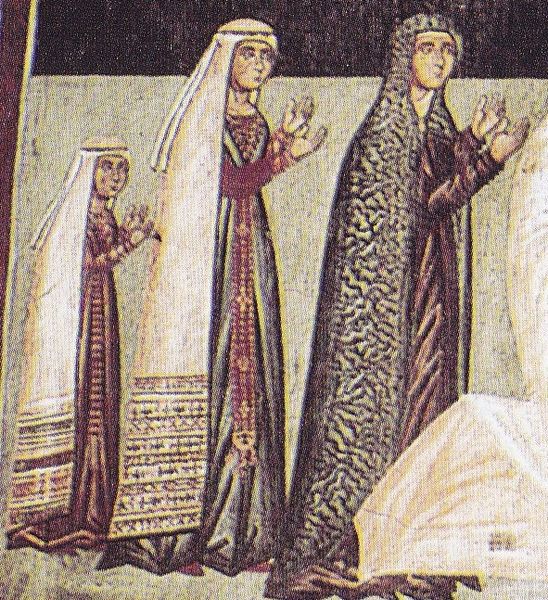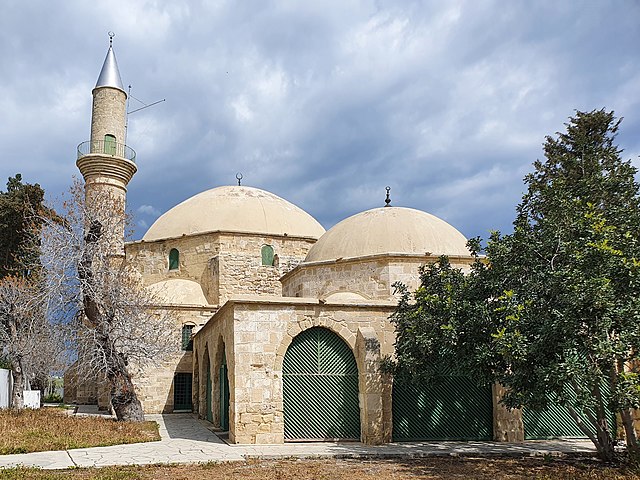Turkish invasion of Cyprus
The Turkish invasion of Cyprus began on 20 July 1974 and progressed in two phases over the following month. Taking place upon a background of intercommunal violence between Greek and Turkish Cypriots, and in response to a Greek junta-sponsored Cypriot coup d'état five days earlier, it led to the Turkish capture and occupation of the northern part of the island.
Varosha, a suburb of Famagusta, was abandoned when its inhabitants fled in 1974 and remains under military control
A view from the cemetery in the village of Maratha, where the victims of the massacre are buried individually. This is the photograph of a family grave, showing the four children killed in a single family.
Greek Cypriot prisoners taken to Adana camps in Turkey
A view from the interior of Antiphonitis, where frescoes have been looted
Greek Cypriots are the ethnic Greek population of Cyprus, forming the island's largest ethnolinguistic community. According to the 2011 census, 659,115 respondents recorded their ethnicity as Greek, forming almost 99% of the 667,398 Cypriot citizens and over 78% of the 840,407 total residents of the area controlled by the Republic of Cyprus. These figures do not include the 29,321 citizens of Greece residing in Cyprus, ethnic Greeks recorded as citizens of other countries, or the population of Northern Cyprus.
King Evagoras I of Salamis, Cyprus
Byzantine princess Helena Palaiologina, Queen consort of Cyprus
The Hala Sultan Tekke mosque, built in 1817, was one of many landmarks constructed by the Ottoman Turks in Cyprus.
The Cypriot Statue of Liberty








